Top 10 Benefits of Cold Plunge; Is Cold Shower the Same?
Cold plunges and cold showers have gained attention for their potential health benefits, attracting enthusiasts and skeptics alike. While both involve exposure to cold water, they differ in method and intensity. Cold plunges typically involve immersing the body in cold water, often in a tub or natural body of water, whereas cold showers require simply turning the tap to the coldest setting.

The fundamental question arises: Are the benefits of cold plunges and cold showers comparable, and if so, to what extent? This article will provide an overview, aiming to clarify any misconceptions while highlighting the distinct experiences offered by each practice. Whether used for recovery, rejuvenation, or personal preference, understanding these differences can help individuals make informed choices.
1. Boosted Immune System
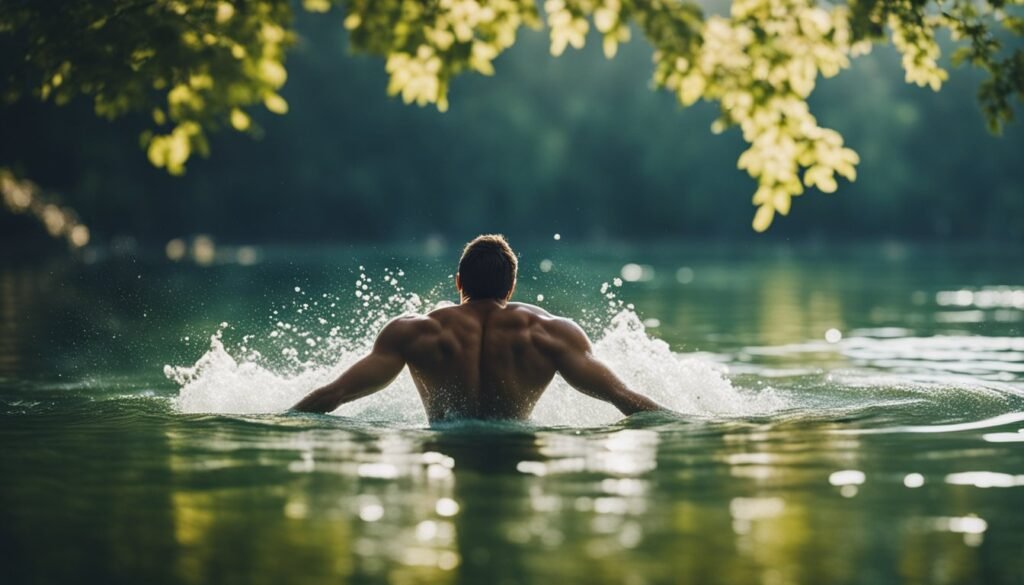
Cold water exposure, such as during a cold plunge or shower, can have a significant effect on the immune system. It stimulates the body to increase the production of white blood cells, enhancing the body’s ability to fight illnesses.
Regularly engaging in cold exposure supports the body’s adaptive immune response. This means that over time, the body becomes more efficient at fighting off pathogens.
The practice of cold therapy involves not just cold plunges but can also include other methods such as using cold showers. One study suggests that cold shower exposure can modulate immunity, offering a practical and less intense option for routine immune support.
Affordable Cold Plunge Tub on Amazon

2. Improved Blood Circulation

Cold plunge techniques are recognized for enhancing blood circulation. When the body is exposed to cold water, blood vessels constrict, reducing blood flow. Once out of the cold, these vessels dilate, allowing an increase in blood circulation.
This process can combat poor circulation, often marked by symptoms like tingling in extremities or cold hands and feet. Regular exposure might improve these conditions, providing long-term benefits for individuals with sluggish circulation.
During cold exposure, the body prioritizes sending blood to vital organs. This ensures adequate oxygen supply and supports overall health by maintaining optimal organ function. This physiological response can be observed in both cold plunges and cold water swimming.
Cold showers may offer similar benefits by boosting circulation, though the intensity and duration might differ. A shower provides rapid changes in blood flow, like those noted in cold immersion’s impact on cerebral blood flow. Exploring these practices can offer insights into their effectiveness for blood circulation improvement.
3. Enhanced Muscle Recovery

Cold plunges are often praised for their ability to enhance muscle recovery after intense physical activity. The cooling effect of cold water can reduce inflammation and muscle soreness, a process vital for athletes needing fast recovery.
Immersing in cold water improves blood circulation. This increased circulation helps deliver oxygen and remove waste products like lactic acid from the muscles, assisting in quicker recovery.
Cold exposure triggers a reduction in swelling and tissue breakdown by constricting blood vessels. This process is beneficial for those experiencing muscle fatigue or minor injuries from rigorous exercises.
While both cold plunges and cold showers offer these recovery benefits, cold plunges might be more effective. The complete immersion in colder temperatures can provide a more consistent and intense cooling effect.
Alternatively, contrasting warm and cold water treatments can also be beneficial, but further research is needed. These methods help by alternating blood flow patterns, which might also promote healing.
4. Increased Metabolism
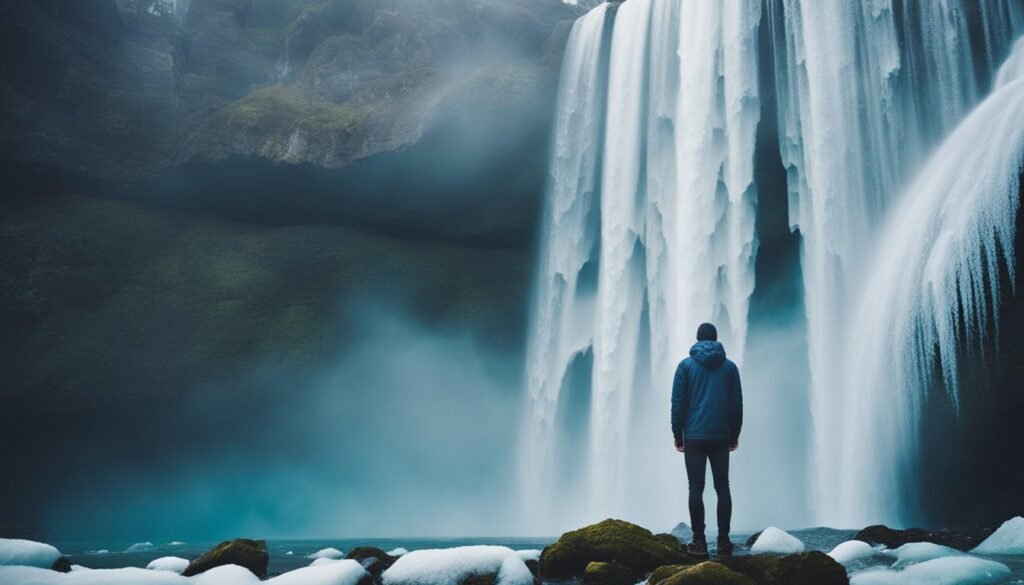
Cold plunges and cold showers can stimulate an increase in metabolic rate. Exposure to cold temperatures prompts the body to generate heat, which requires energy and thus burns calories.
Brown fat activation is a significant factor in this process. This type of fat becomes activated in colder conditions and helps maintain body temperature by burning calories. Studies indicate that cold exposure can significantly increase metabolism.
Cold showers and water immersion can elevate metabolism by up to 30 percent. This boost is due to the body’s need to expend more energy to warm itself, making it a potential tool for weight management.
In addition to increasing metabolism, cold exposure enhances circulation. This improvement in blood flow further supports efficient energy use by the body and can contribute to overall vitality.
While both cold plunges and showers offer these metabolic benefits, the specific effects on metabolism can vary based on duration and frequency of exposure. Regular practice is key to achieving and maintaining any metabolic enhancements.
5. Elevated Mood Levels
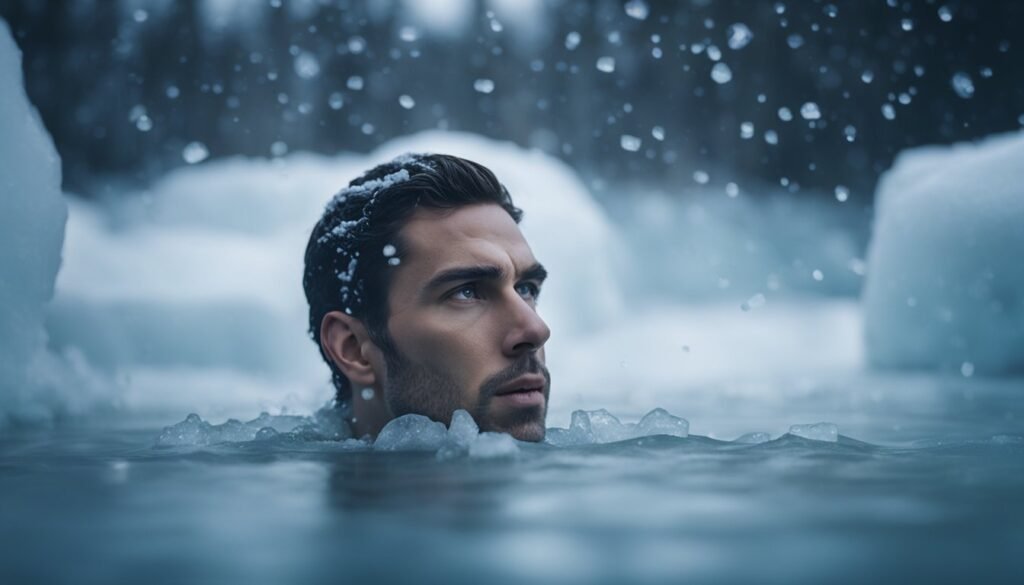
Cold plunges are known to provide a significant boost to mood levels. This effect is often attributed to the release of endorphins and an increase in catecholamine levels, which are neurotransmitters associated with improved mood and alertness.
Participants in cold water activities often report feeling more positive and energized. An immediate improvement in mood is frequently observed after exposure to cold water, a testament to its uplifting effects.
Both cold plunges and cold showers can contribute to elevated mood levels through similar mechanisms. A one-minute cold shower each day can aid in managing stress and enhancing emotional resilience.
Engaging in regular cold water exposure can lead to sustained mood enhancement over time. Many who include cold water practices in their routine find themselves feeling happier and more connected to their surroundings. Moreover, the shared experience of cold water swimming or showers can foster community and belonging, further contributing to emotional well-being.
6. Improved Sleep Quality

Cold plunges can contribute to better sleep quality by affecting the body’s natural rhythms. Immersing the body in cold water can help lower the core body temperature, which is beneficial for inducing sleep. Cooling down signals the body that it’s time to wind down and rest.
Exposure to cold water can also reduce stress levels. High stress can disrupt sleep patterns; therefore, engaging in cold plunges might help improve sleep by promoting a calmer state of mind. This calming effect is linked to the release of endorphins, often referred to as natural mood lifters.
While cold showers share some benefits with cold plunges, such as promoting relaxation, they may not impact the body as deeply. Cold water immersion, particularly after exercise, is documented to improve sleep quality more effectively than brief cold showers. For more on the benefits of cold water immersion on sleep quality, visit studies on cold water immersion after exercise.
The positive effects of cold water on sleep are noted by cold water enthusiasts, who often observe improved moods and overall well-being with regular exposure. These findings suggest that integrating cold plunges into a routine, especially in the evening, might enhance sleep quality.
7. Reduced Inflammation

Cold plunging has been noted for its potential to reduce inflammation. Immersing the body in cold water narrows blood vessels, which may help decrease swelling and inflammation, especially after intense physical activity. This can aid in faster recovery post-exercise and potentially reduce muscle soreness.
Exposure to cold water triggers the body to produce anti-inflammatory mediators. This response can help minimize inflammation throughout the body. Regular cold water immersion might be particularly beneficial for athletes or individuals with inflammatory conditions.
Cold showers share similar effects with cold plunges. They also lead to vasoconstriction, which can help alleviate inflammation. While not as intense as full immersion, cold showers can still be effective in reducing inflammation for those who cannot access a plunge. For more on cold water’s impact, check this resource.
8. Tighter Skin Pores
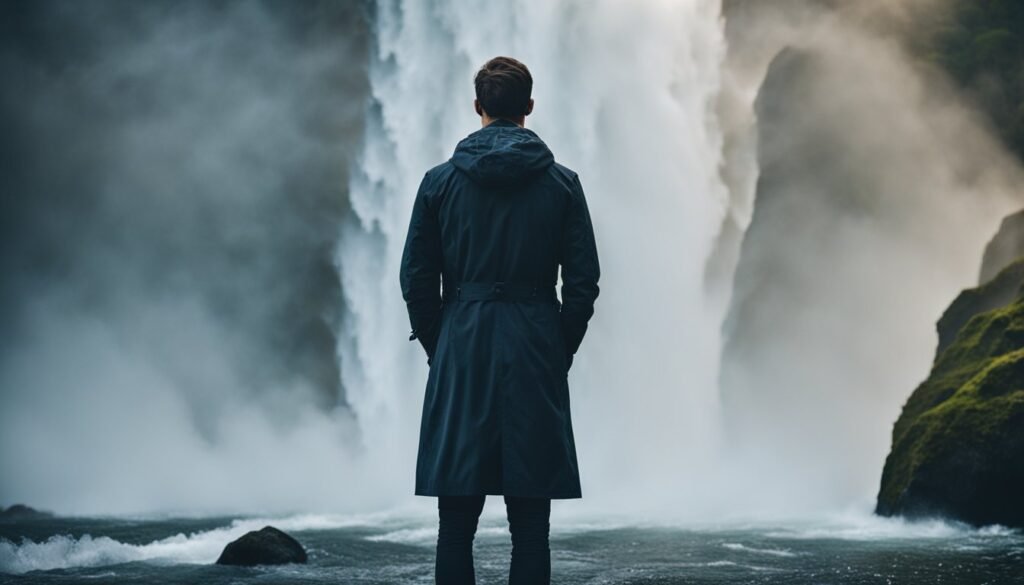
Cold plunges can contribute to tighter skin pores. The immediate exposure to cold water causes the skin to constrict, leading to a temporary tightening effect. This reaction can make pores appear smaller and reduce their visibility. Although the effect may not be permanent, it provides a refreshed appearance.
Cold showers offer similar benefits to cold plunges by tightening skin pores. When the skin is cooled rapidly, it increases circulation and contracts the pores. This can help in managing oily skin by reducing the size of the pores, possibly minimizing blackheads or built-up impurities.
Hot water is known to open up pores, so incorporating cold elements can balance skincare routines. By alternating between hot and cold water, individuals can both cleanse and tighten pores effectively. Cold treatments are a simple addition to daily skincare that can improve skin texture and appearance over time.
For more detailed insights, “The Power of Hot and Cold” highlights how pores respond to different temperatures, complementing personal hygiene practices.
9. Improved Mental Clarity
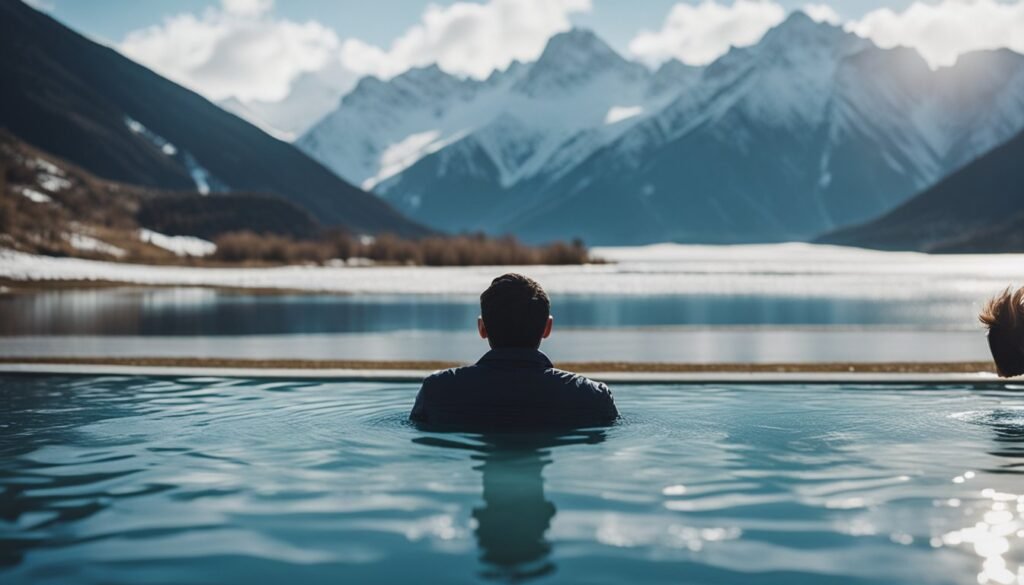
Cold plunges can lead to enhanced mental clarity. The sudden chill of cold water stimulates the body, leading to increased alertness. This heightened state helps individuals feel more focused and clear-headed.
The body’s response to cold exposure involves a release of adrenaline and other hormones. This chemical reaction supports mental acuity. Regular practice might aid in maintaining sustained focus throughout daily activities.
Additionally, the invigorating sensation can counteract fatigue. It refreshes the mind, offering a quick mental reset. Those who incorporate cold plunges into their routine often report feeling mentally sharper.
10. Relief from Sore Muscles
Cold plunging is a popular method for alleviating sore muscles by reducing inflammation. The exposure to cold water helps constrict blood vessels, which can decrease swelling and pain in the muscles. This process may lead to quicker recovery times after intense physical activities.
The effect of cold water immersion in reducing muscle soreness lies in its ability to influence biochemical processes. When muscles are submerged in cold temperatures, there is an increase in norepinephrine levels, which can help manage pain. This makes cold plunging an effective tool for those who engage in high-intensity workouts.
While cold showers may offer similar benefits, they do not provide the same level of immersion or temperature control crucial for muscle recovery. Cold showers typically involve less consistent exposure compared to dedicated cold plunges, making it harder to achieve the same effects. For those seeking significant muscle relief, cold plunging might be the preferred option over a cold shower.
For more information, a study on cold water immersion in sports recovery discusses controlling core body temperature and provides insight into its efficiency in reducing muscle soreness.
Understanding Cold Plunge
Cold plunging involves immersing the body in cold water for various health benefits. Traditionally used for recovery, it has gained popularity in modern wellness circles. Historical practices provide insight into its age-old uses.
What Is a Cold Plunge?
A cold plunge is the practice of submerging the body in cold water, typically between 10°C and 15°C. This method is favored for its potential benefits such as reducing muscle soreness, enhancing circulation, and boosting mental clarity. Unlike cold showers, cold plunges involve completely immersing the body, which increases the exposure to cold temperatures. Athletes commonly use this technique to speed up sports recovery. Increased blood flow and lowered inflammation contribute to its therapeutic properties.
Historical Use of Cold Plunges
Historically, cold plunges can be traced back to ancient cultures, including the Greeks and Romans, who valued them for their rejuvenating effects. They used cold baths in conjunction with hot steam rooms to bolster health, believing in improved physical and spiritual well-being. Cold water practices were also embraced in Asian traditions, often linked to meditative rituals to promote discipline and endurance. These historical uses highlight the enduring appeal and perceived benefits of cold water immersion in different cultures, making it a practice that transcends time and geographical boundaries.
Scientific Basis for Cold Plunges
Cold plunges have been lauded for their numerous health benefits, from boosting circulation to enhancing mental clarity. These effects are rooted in both physiological mechanisms and research-backed case studies.
Physiological Mechanisms
Cold immersion triggers the body’s sympathetic nervous system, increasing adrenaline release. This leads to vasoconstriction, where blood vessels narrow, driving blood to vital organs and promoting efficient nutrient exchange. Additionally, it enhances metabolic rate, which may aid in burning extra calories.
Exposure to cold also stimulates the production of norepinephrine, reducing inflammation and improving mood. This hormone can alleviate pain and enhance cognitive function. Furthermore, regular cold exposure induces brown fat activation, improving heat generation and energy expenditure, contributing to an overall sense of vitality.
Research and Case Studies
Scientific studies underscore the benefits of cold immersion. A study on competitive athletes revealed that cold water immersion significantly alleviates muscle soreness and accelerates recovery. This method contrasts with heated therapy, offering a distinct pathway for optimal physical performance.
Historical texts, such as Medical Reports on the Effects of Water, detail the age-old practices of water-based treatments in traditional medicine, emphasizing the consistent acknowledgment of its benefits. Furthermore, the Wim Hof Method highlights everyday applications of cold exposure for boosting immune system efficiency and mental health. These studies and historical insights provide a well-rounded view of cold plunges’ scientific basis.
Comparing Cold Plunge to Cold Showers
Cold plunges and cold showers both offer distinct advantages, impacting the body through varying mechanisms. While they share some benefits, there are key differences in their physiological effects and ideal usage practices.
Temperature and Duration Differences
Cold plunges involve submerging the body in extremely cold water, often ranging from 10°C (50°F) or lower, which triggers a rapid physiological response. In contrast, cold showers usually expose the body to water temperatures that are warmer than those in a plunge. This difference can significantly impact how the body reacts.
The duration of exposure also varies. Cold plunges tend to be shorter, typically under 5 minutes, due to the intense chill. Cold showers, however, can last longer, possibly up to 10 minutes. These variations in temperature and timeframe create differing levels of stress and adaptation in the body.
Unique Benefits of Each
Cold plunges are renowned for their ability to rapidly reduce muscle inflammation and soreness, making them popular among athletes. The cold water acts to constrict blood vessels and decrease metabolic activity, which helps alleviate pain. Cold showers, while less extreme, are more accessible and can still offer benefits like improved circulation and mood enhancement, thanks to the moderate yet sustained exposure to cold.
Additionally, cold plunges might provide a more intense boost in mental clarity and alertness. Meanwhile, cold showers are highly convenient for daily routines, allowing for easier integration into lifestyle without requiring specialized equipment or facilities. Each method brings its own set of strengths tailored to different needs.
Related Readings:
- Can Sleep Tracking Really Improve Your Health?
- Most Discreet Health and Fitness Tracker
- 5 Best Anti-Aging Supplements Backed by Science
- Importance of Gut Health: Science-Backed Tips on Food and Habits to Enhance Wellbeing
- How to Add Decades to Your Life: Insights From Cutting-edge Science
- Biohacking: Top Techniques and Tools for Enhanced Longevity
- Best Foods That Boost Longevity: Science-Backed Nutrition for Healthy Aging
- Unlock Your Mind’s Healing and Manifesting Potential Through Meditation and Quantum Physics
- Do Nootropics Really Work? Ultimate Ways to Biohacking Mental Health Explained
- Ultimate Morning Routine to Boost Energy and Productivity
- How to Detox Safely: Science-Backed Tips for a Health Reset
